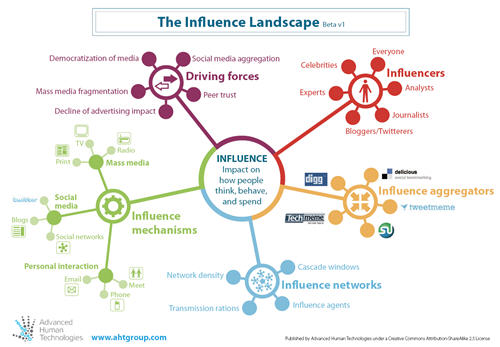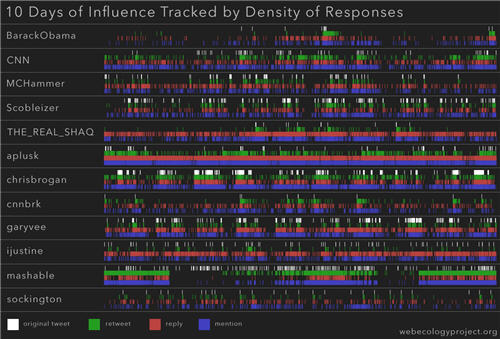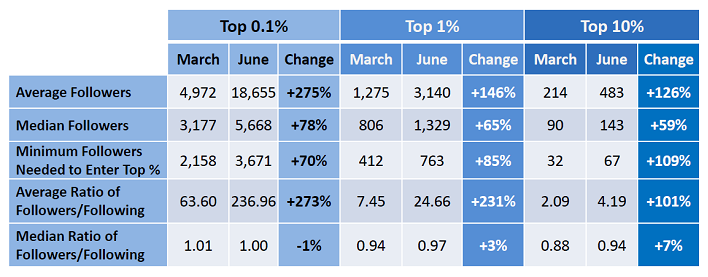Trends in the Living Networks hits the AdAge 150
Over the last couple of years the AdAge 150 has collated a dynamic list of the top blogs in advertising, media, and marketing. The list actually covers over 1,000 blogs, and ranks them daily by prominence, using a variety of sources including rankings from Alexa, PostRank, and Collective Intellect, as well as a subjective ranking by the list developer Todd Andrlik. These sources have changed throughout the history of the AdAge 150 list, in trying to provide a balanced view of blog authority
This blog was added to the list a couple of months ago, having previously not come to the attention of the list creators. While I write about other topics, including enterprise technology and the future of business, a large proportion of this blog is about media and marketing in their many guises. In fact I have often described the future of business as the media economy, in which almost all economic activity is a form of media.
The AdAge rankings are highly dynamic since they emphasize recent activity. At the time of writing this blog is ranked #97, which is pretty solid given many of the blogs on the list are professional blogs.
I’ve written before about blog rankings, notably about Wikio’s approach, and I’ve been intending to write about Technorati’s recent changes in authority ranking. I’ll try to get to a broader overview of the blog authority systems before long.



